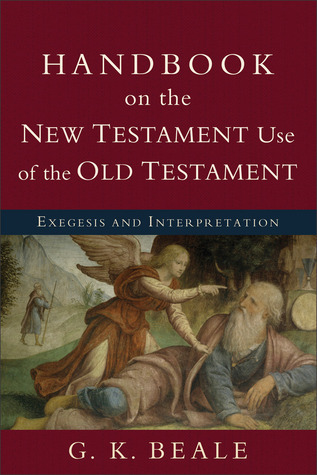What do you think?
Rate this book


"This handbook provides readers with a wonderful overview of key issues in and tools for the study of the use of the Old Testament in the New. I expect it to become a standard textbook for courses on the subject and the first book to which newcomers will be directed to help them navigate through these sometimes complex waters."
--Roy E. Ciampa, Gordon-Conwell Theological Seminary
192 pages, Paperback
First published December 1, 2011